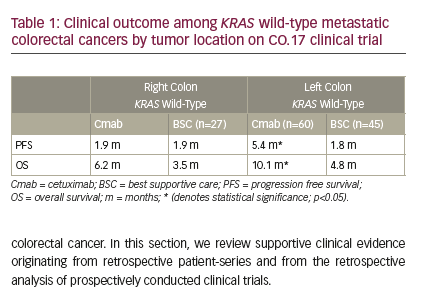Hepatocellular carcinoma (HCC) is the most common primary liver malignancy (70–85 %)1 with an associated mortality of >600,000 per year.2,3 Underlying cirrhosis is the major risk factor,2 with an estimated annual risk of developing HCC of 4–8 %.2,4 Hepatitis B is responsible for 53–80 % of all cases.2 Hepatitis C is the major cause of HCC in Japan, the US, Latin America and Europe.3 Untreated HCC patients have a median survival of 3–8 months.5
Nearly one million patients are diagnosed with colorectal cancer (CRC) worldwide every year.6 Thirty to fifty percent of them develop hepatic metastases (hmCRC);6–8 hmCRC is responsible for two-thirds of CRC deaths.8 One- and five-year survival rates for untreated hmCRC patients are <30 % and <5 %, respectively.22
Treatment Options
The Barcelona Clinic Liver Cancer (BCLC) staging system is commonly used for HCC.9 It takes into account underlying liver disease, tumour characteristics and general performance status.4,10 About 30 %4 ofpatients in Western countries identified as having BCLC stage 0 or A HCC are eligible for curative treatments, including liver transplantation (LT), liver resection (LR) and various ablation techniques (ATs).11
LT provides excellent outcomes applying the Milan criteria, withfive-year survival rate of 70 % and recurrence rates below 15 %.12 LT is the only curative option for the underlying cirrhosis.13,14 However, because of the shortage of potential liver donors and progression of the HCC, the risk of dropout from liver transplantation waiting lists is up to 4 % per month.15 LR is the treatment of choice for HCC in non-cirrhotic patients (~5 % of cases in Western countries, ~40 % in Asia).15 In the case of underlying cirrhosis, candidates need to be carefully selected to diminish the risk of post-operative liver failure with increased risk of death.15,16 In HCC patients after LR, the risk of tumour recurrence exceeds 70 % at five years.15
ATs include chemical (e.g., percutaneous ethanol injection [PEI]) and thermal (e.g., radiofrequency ablation [RFA]) ablation. PEI results in five-year survival rates of 47–53 % (Child–Pugh class A, early-stage tumours).17 PEI has high local recurrence rates of 33–43 %.17 For RFA, depending on Child–Pugh class and location of lesions in the liver in early-stage HCC patients, five-year survival rates of around 60 % have been reported.17
In hmCRC, unlike HCC, LR is the only potential curative standard treatment.18–20 In patients with hmCRC, LR provides five-year survival ratesin the range of 25–58 %.18 However, only 10–20 % of patients are suitable for LR.2,21 Recurrence rates for hmCRC after LR range from 60–70 %.22
To view the full article in PDF or eBook formats, please click on the icons above.











